8 mn read3 Good Reasons to Be Baptized
Why Be Baptized?
Why should you get baptized? Let me give you three reasons. My hope in laying out these reasons is that you will find them not only persuasive but also inviting and compelling. As we’ll see, Christ not only commands believers to get baptized, baptism is also a gift he graciously gives for our benefit and blessing.
Here then are three reasons to get baptized: (1) to obey Christ’s command, (2) to publicly profess faith in Christ, and (3) to formally commit yourself to Christ and his people.
1. To Obey Christ’s Command
Why should you get baptized? To obey Christ’s command. Which command? The one he gives us in Matthew 28:19. Let’s look at this verse in context:
And Jesus came and said to them, “All authority in heaven and on earth has been given to me. Go therefore and make disciples of all nations, baptizing them in the name of the Father and of the Son and of the Holy Spirit, teaching them to observe all that I have commanded you. And behold, I am with you always, to the end of the age.” (Matt. 28:18–20)
Here Jesus addressed his eleven disciples shortly after he died for our sins and rose from the dead. He had accomplished salvation, and now he charged his disciples to proclaim news of this salvation to every nation on the earth. In verse 18, we learn that as a result of his saving death and resurrection, Jesus possesses “all authority in heaven and on earth.” He is the supreme ruler of the universe, the sovereign of sovereigns.
Jesus then gave his disciples—and by implication all believers—one main command: “Make disciples” (Matt. 28:19). Jesus commanded his disciples to make disciples. He requires his followers, then and now, to summon others to follow him. He then gave three supporting instructions that show us how to “make disciples.” First, we need to go. We need to go to where the nations are, whether that means crossing the street, crossing town, or crossing an ocean. Second, we baptize those who follow Christ. And finally, he tells us to instruct new disciples to obey every one of his commands. To become Jesus’s follower is to give your whole life to trusting Jesus, following Jesus, learning and obeying Jesus’s teaching, and following Jesus’s example.
So according to Jesus, we “make disciples” by baptizing true believers and teaching them to obey all that Jesus commanded. The order is important: make disciples, baptize, teach.
Are you a disciple of Jesus? Then you need to show it by baptism—that’s what Jesus said. Jesus wants those who have trusted him as Savior and submitted to him as Lord to get baptized. As you can see, then, baptism publicly identifies someone as a disciple of Jesus. Baptism formally and publicly enrolls a disciple in the school of Christ.
God marks his people by baptism. By getting baptized, we are essentially putting on a jersey that says “Team Jesus”—we’re playing by his rules and following his commands. By following Jesus’s command to get baptized, we’re saying we’re committed to do all that he commanded.
Now, what exactly does Jesus mean when he says “baptize”? Here is a definition of baptism I offered in another short book, called Understanding Baptism:
Baptism is a church’s act of affirming and portraying a believer’s union with Christ by immersing him or her in water, and a believer’s act of publicly committing him or herself to Christ and his people, thereby uniting a believer to the church and marking off him or her from the world. 1
Now that’s a bit of a mouthful. More simply, baptism is a believer’s act of publicly committing him or herself to Christ and his people by being immersed in water.
We have already seen from Jesus’s teaching in Matthew 28:19 that baptism is how someone publicly commits to follow Christ. And we’ll see biblical support for much of this definition in the next two sections. Here we can simply note that baptism should be performed by immersion. The Greek word baptizō, on which our word “baptize” is based, means to dip or plunge something completely into a liquid. New Testament examples of baptism imply that it was done by immersion (John 3:23; Acts 8:38–39), and immersion best fits the imagery of union with Christ in his burial and resurrection, which we will consider in the next section (Rom. 6:1–4).
To summarize Jesus’s teaching in Matthew 28:19, we can say that baptism is the first item on Jesus’s list of “Everything I Have Commanded You.” Why should you get baptized? Because if you consider yourself a follower of Jesus, then, after repenting and believing (Mark 1:15), the first formal, public act of following that Jesus requires of you is baptism. The Christian life is more than following commands, but it certainly isn’t less. So after the command to repent and believe, here’s your first “to-do” from Jesus. All you have to do is declare your faith and lean back.
2. To Publicly Profess Faith in Him
A second reason why you should get baptized is to publicly profess your faith in Jesus. We’ve seen that this element of baptism is implicit in Matthew 28:19. It’s more explicit in a few other places in Scripture.
For example, when those who heard Peter preach on Pentecost were convicted of their sin, they asked him what to do, and he urged them to repent and be baptized (Acts 2:37–38). And then we read, “So those who received his word were baptized, and there were added that day about three thousand souls” (Acts 2:41). Receiving the word and being baptized went hand in hand. All those who embraced the gospel were baptized, and only those who embraced the gospel were baptized. Baptism was how those at Pentecost publicly proclaimed their embrace of Christ, the crucified and resurrected Messiah. And baptism is how you can and should openly declare that you trust in Christ.
Similarly, consider Paul’s teaching in Colossians 2:11–12:
In him also you were circumcised with a circumcision made without hands, by putting off the body of the flesh, by the circumcision of Christ, having been buried with him in baptism, in which you were also raised with him through faith in the powerful working of God, who raised him from the dead.
Note how baptism and faith go hand in hand. Addressing a congregation of baptized Christians, Paul says that they were buried and raised with Christ in baptism. He even uses baptism as a shorthand to refer to the whole event of their conversion.
He does this because baptism is a visible, tangible, public, dramatic expression of faith in Christ. It’s obvious, memorable, datable. You get soaked, and everyone present sees you disappear under the water and reappear up out of the water. That’s why Paul singles out baptism as a sign of conversion. But he doesn’t just refer to baptism. He says, “in which you were also raised with him through faith” (Col. 2:12). Paul assumes that faith was present at the time of baptism, because faith was the reason for baptism. Faith in the resurrection power of God is why those Christians presented themselves for baptism. And publicly expressing that same faith is why you should be baptized too.
Why is it a good thing to publicly declare your faith in Christ? We’ve already seen that Christ commands it. In addition, declaring your faith in Christ is good for your faith. Declaring your faith will deepen your faith. Confessing your faith will confirm your faith. Sharing your faith will strengthen your faith.
Not only that, but baptism shows us the shape of the whole Christian life. If you’re a Christian, you can’t just declare your faith once in baptism and then go radio silent about Jesus for the rest of your life. Instead, openly declaring your faith in Christ should be part of the regular fabric of your life from now on. One of the first things people learn about you should be that you’re a Christian. That Christ is your Savior should be what you’re most excited to tell people. Further, Jesus himself warns that faith that stays a secret is no faith at all. “So everyone who acknowledges me before men, I also will acknowledge before my Father who is in heaven, but whoever denies me before men, I also will deny before my Father who is in heaven” (Matt. 10:32–33).
Openly declaring your faith in Christ should be part of the regular fabric of your life from now on.
3. To Commit to Christ’s People
We’ve seen that in baptism you commit to Christ. Now we will see that in baptism you commit to Christ’s people. As we’ve already seen, on the day of Pentecost, those who received the word were baptized and added to the church (Acts 2:41). All those who received Christ that day were received by the church. And the way the church received them was by baptizing them. In baptism, you step out of the world and into the church. In baptism, you declare your loyalty to Christ. In baptism, you enlist in Christ’s company. Your commitment to Christ’s people follows logically, necessarily, and immediately from your commitment to Christ.
The commitment that those who were baptized on Pentecost made with the church was no mere ticking of a box. Instead, this new commitment to Christ’s people fundamentally altered the fabric of their lives. We read in the following verses that the whole church in Jerusalem, including these three thousand who joined the church by baptism on Pentecost, devoted themselves to the apostles’ teaching, to fellowship, to breaking bread, and to praying together (Acts 2:42). They shared their lives and their possessions (Acts 2:44). They even sold off property in order to give the proceeds to believers in need (Acts 2:45). They prayed and ate together daily (Acts 2:46). The fruit of their commitment to one another was a rich, inviting communion with one another, a communion that inspired awe in outsiders (Acts 2:43). And the means by which they committed to one another was baptism. In baptism those believers bound themselves to Christ and to each other. In other words, in baptism you commit to Christ’s people.
We also see that baptism commits a Christian to Christ’s people in 1 Corinthians 12:13. Paul writes, “For in one Spirit we were all baptized into one body—Jews or Greeks, slaves or free—and all were made to drink of one Spirit.” Is Paul referring to baptism in water or baptism by the Spirit? I would suggest that Paul has both in mind. Christians are reborn and united with Christ and his body by the work of the Spirit, and our baptism in water signifies that baptism by the Spirit.
Some people question whether being “baptized into one body” refers to the universal church or the local church. Here again I would suggest that the former implies the latter. Elsewhere, Paul occasionally uses the concept of the “body” of Christ to describe all believers at all times in all places (see Eph. 1:22–23). But, in the following verses in 1 Corinthians, Paul focuses on a local church. Only in a local church can one member wrongly say to another, “I don’t need you” (1 Cor. 12:21). Only in a local church can members honor the less-honored (1 Cor. 12:23–24). Only in a local church can all suffer together, and all rejoice together (1 Cor. 12:26). So given the context of the whole chapter, Paul is saying in verse 13 that our baptism unites us to the body of Christ—that is, to a local body of Christ. Baptism inserts you into the living organism that is a local church.
In baptism, two parties speak, and two parties commit. In baptism, you ask for welcome, and the church extends it. In baptism, you pledge yourself to the church, and the church pledges itself to you. The Christian life is not meant to be lived in private, nor is it meant to be lived alone. Baptism brings your life into the light of the church’s loving concern. Baptism sets you within the strengthening and sustaining communion of Christ’s people



























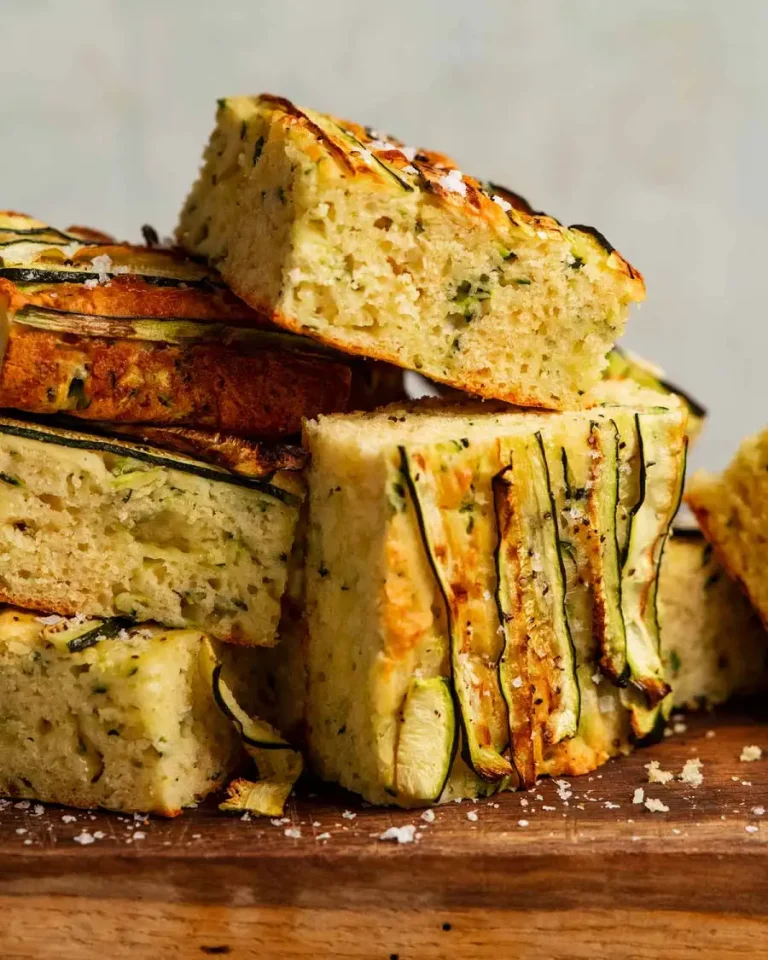




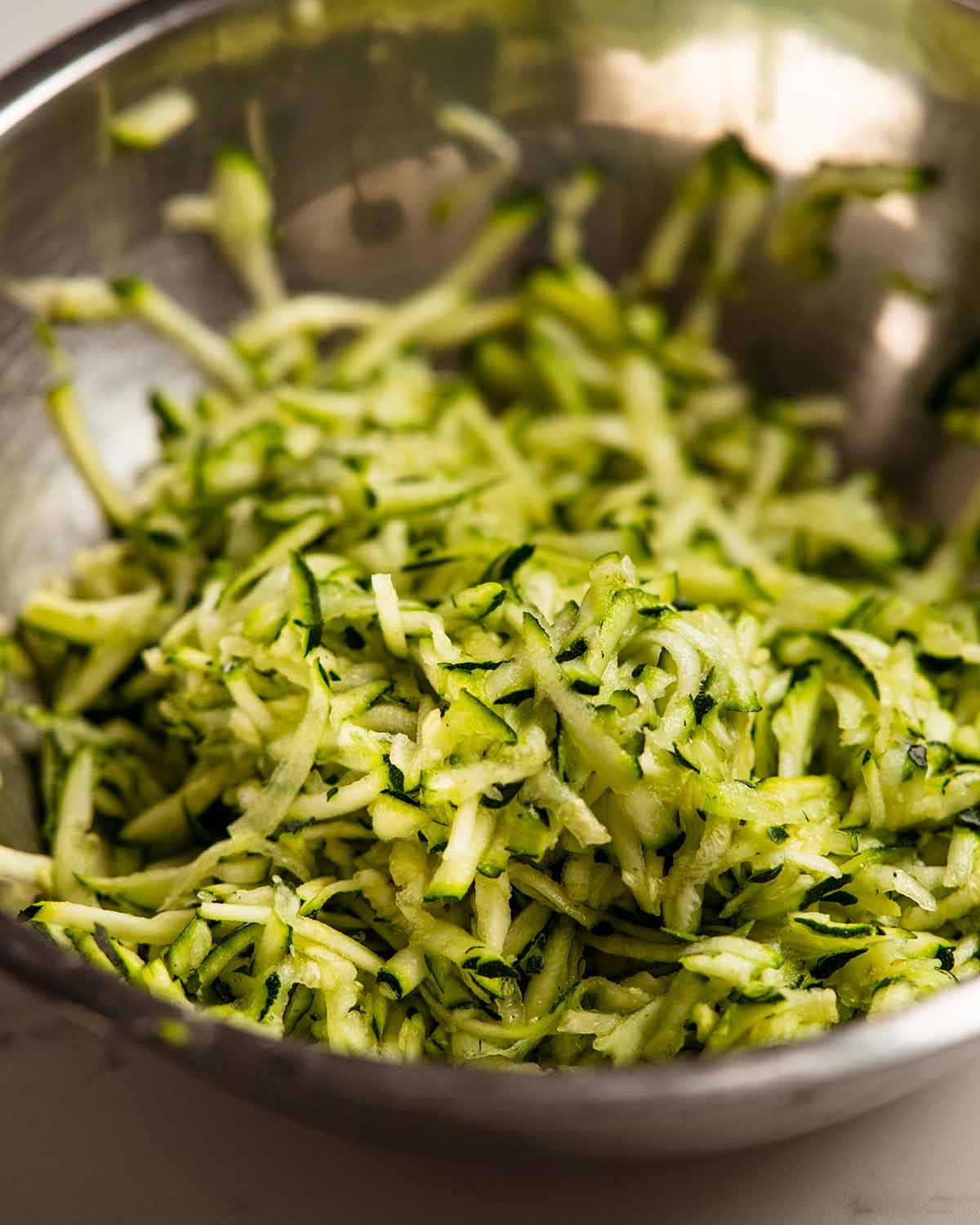







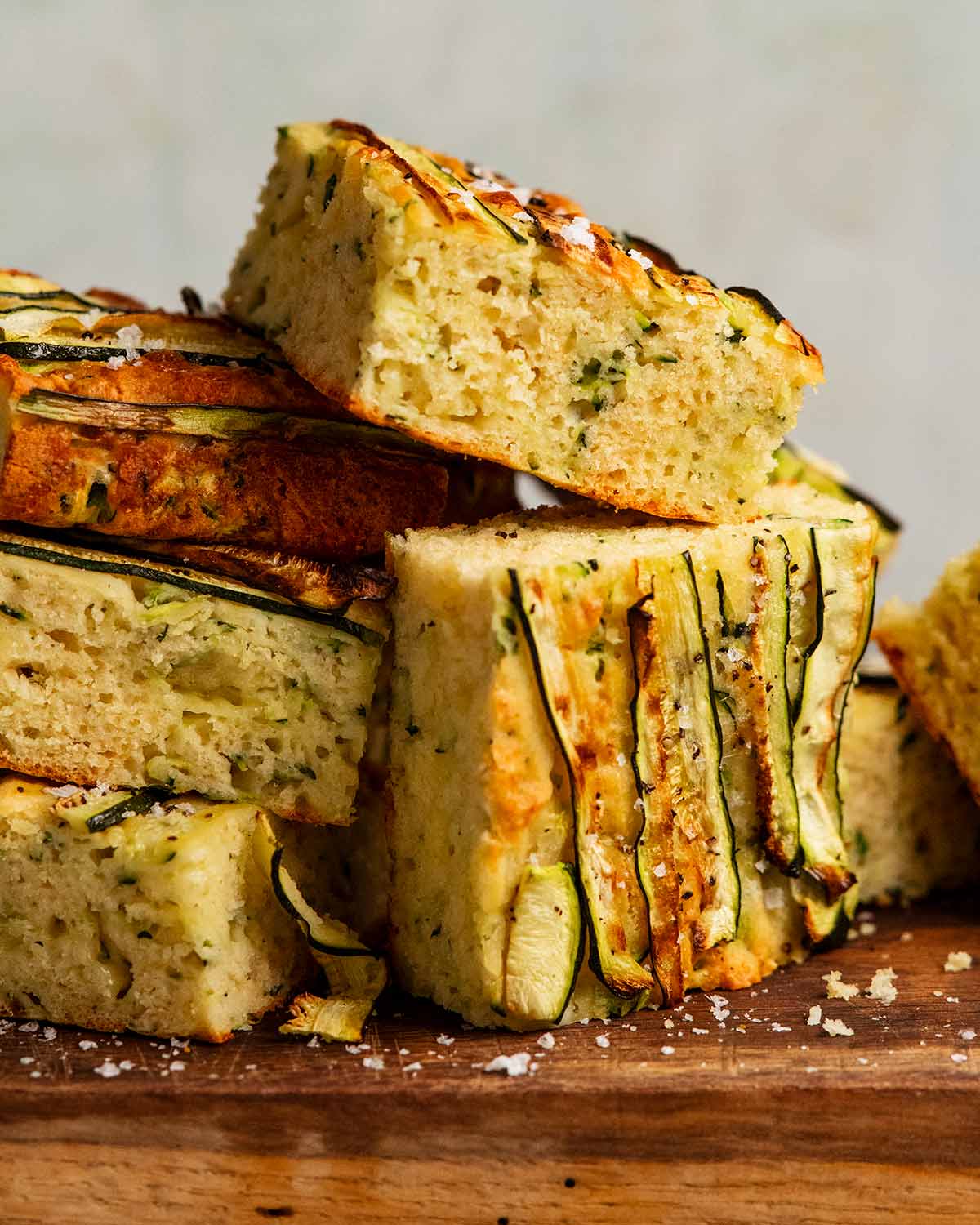



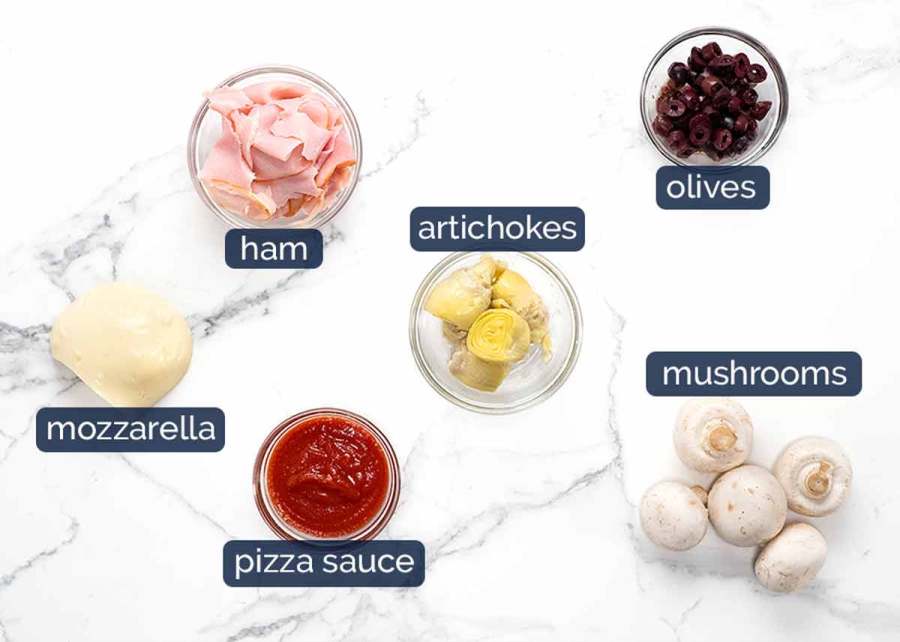
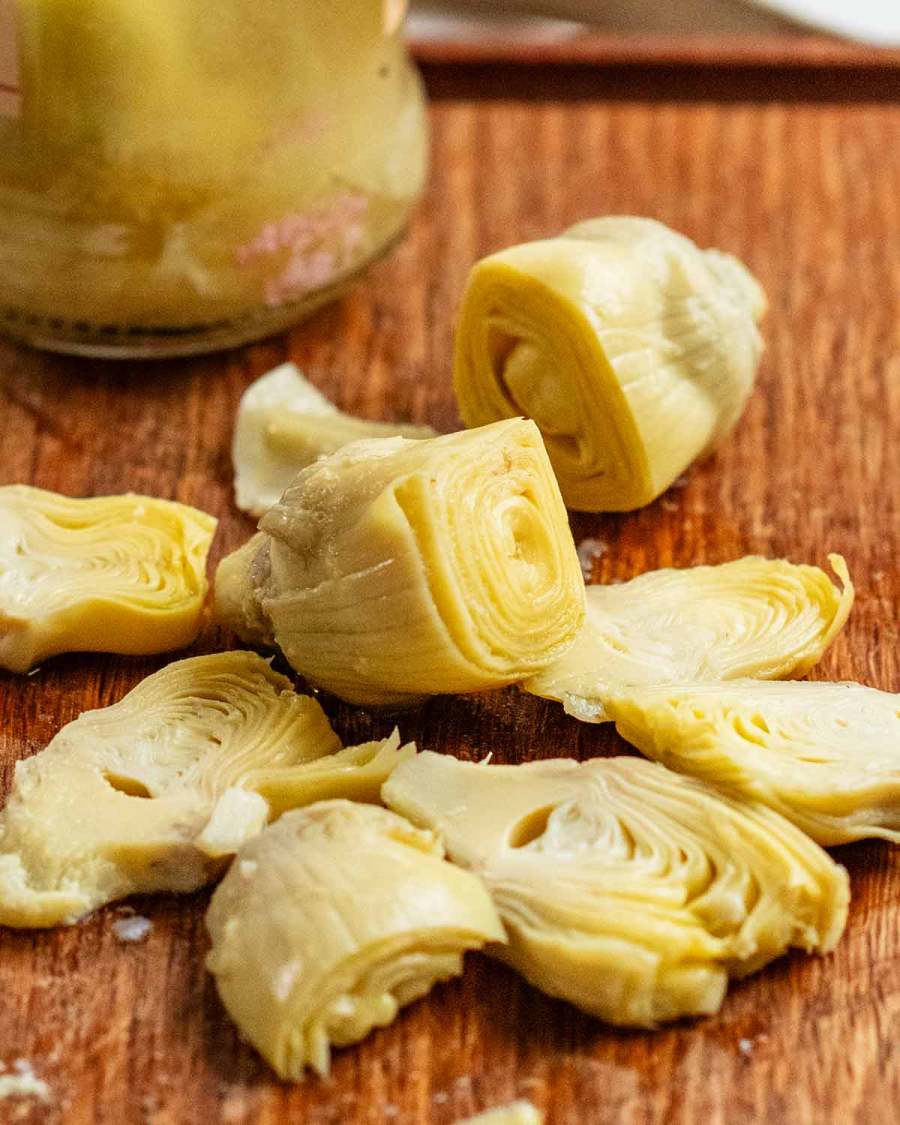















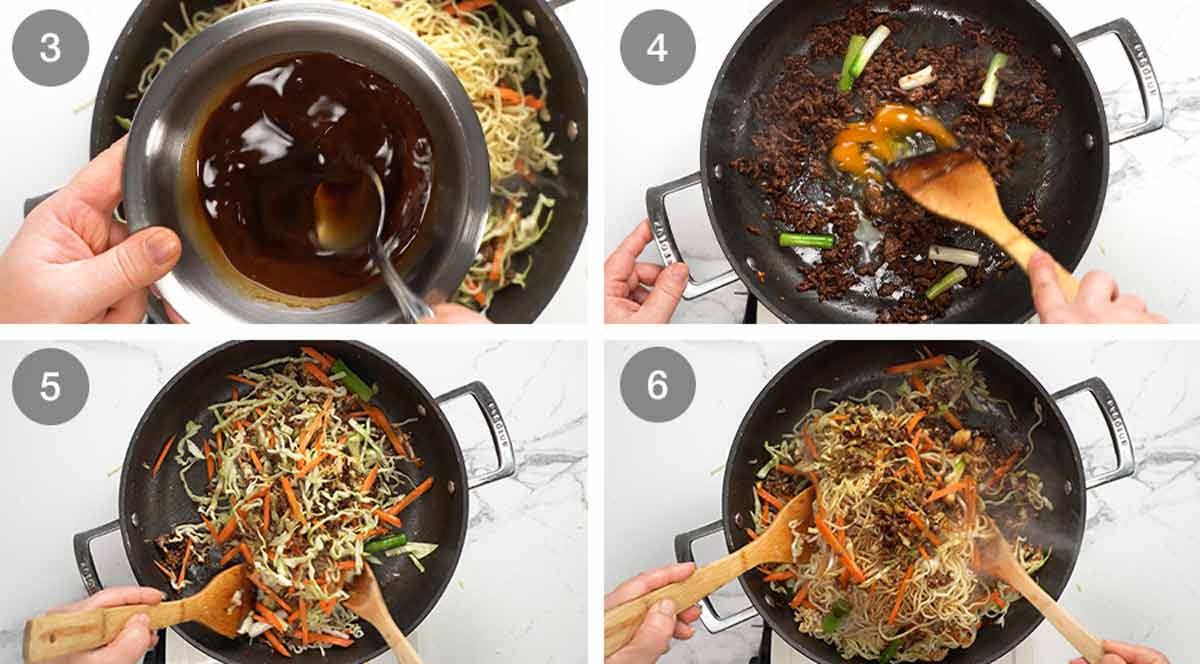




















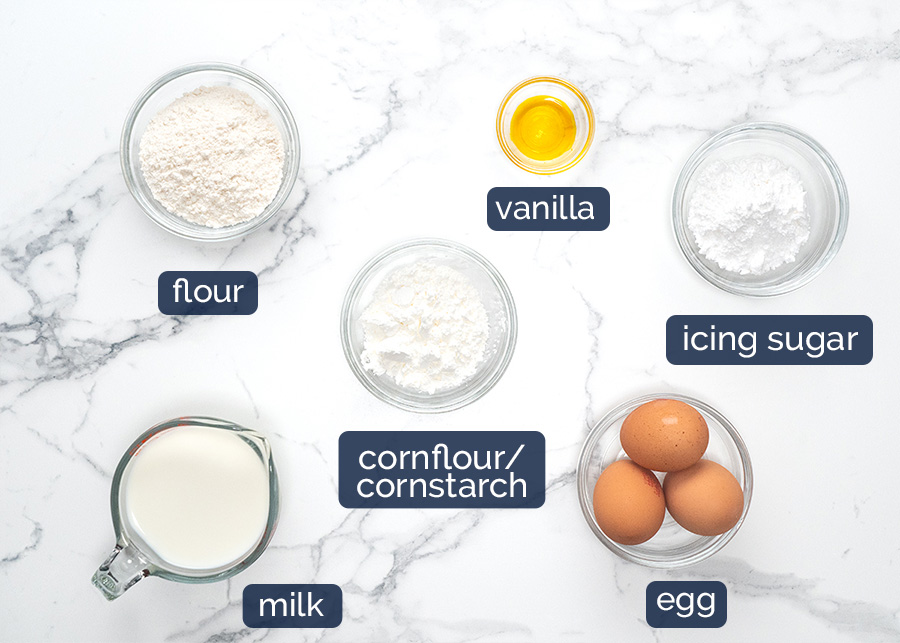
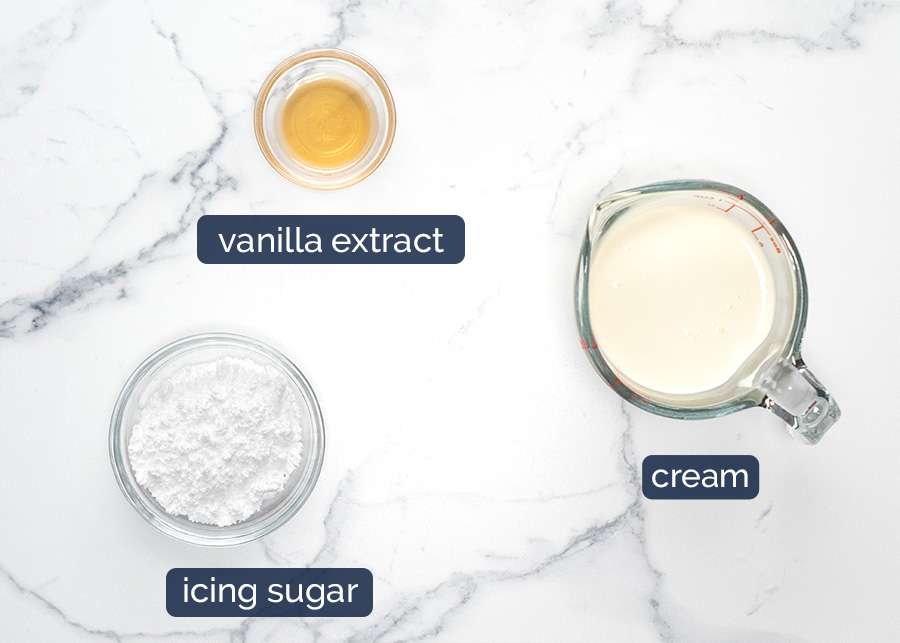











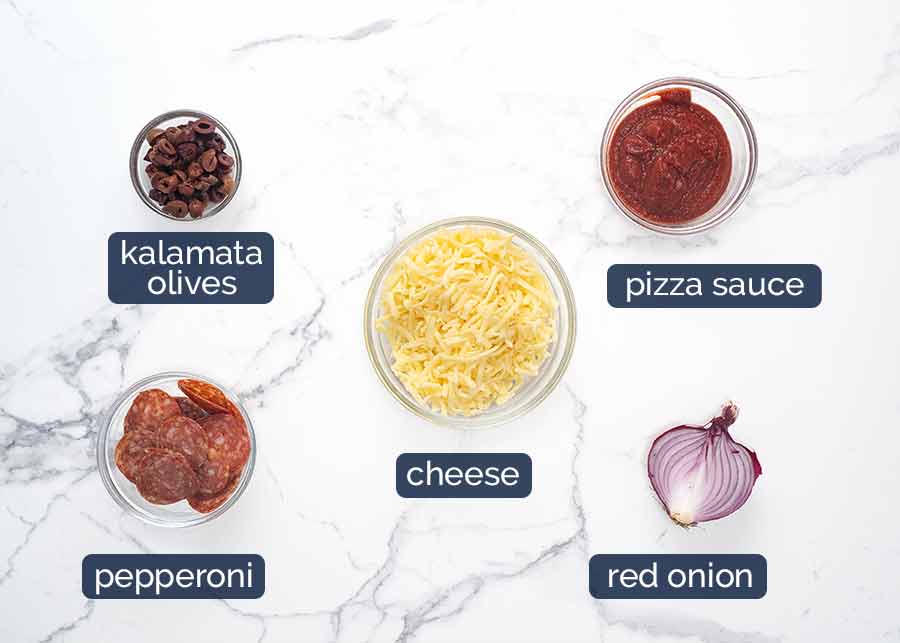
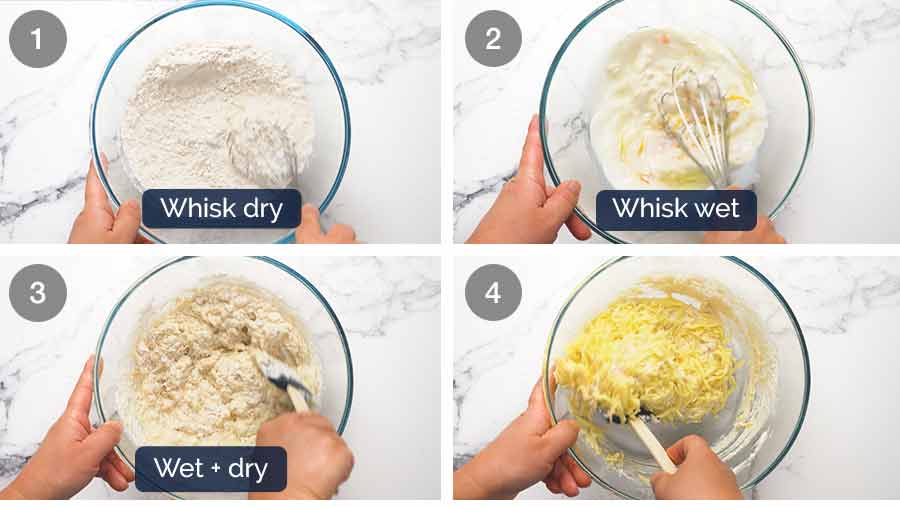
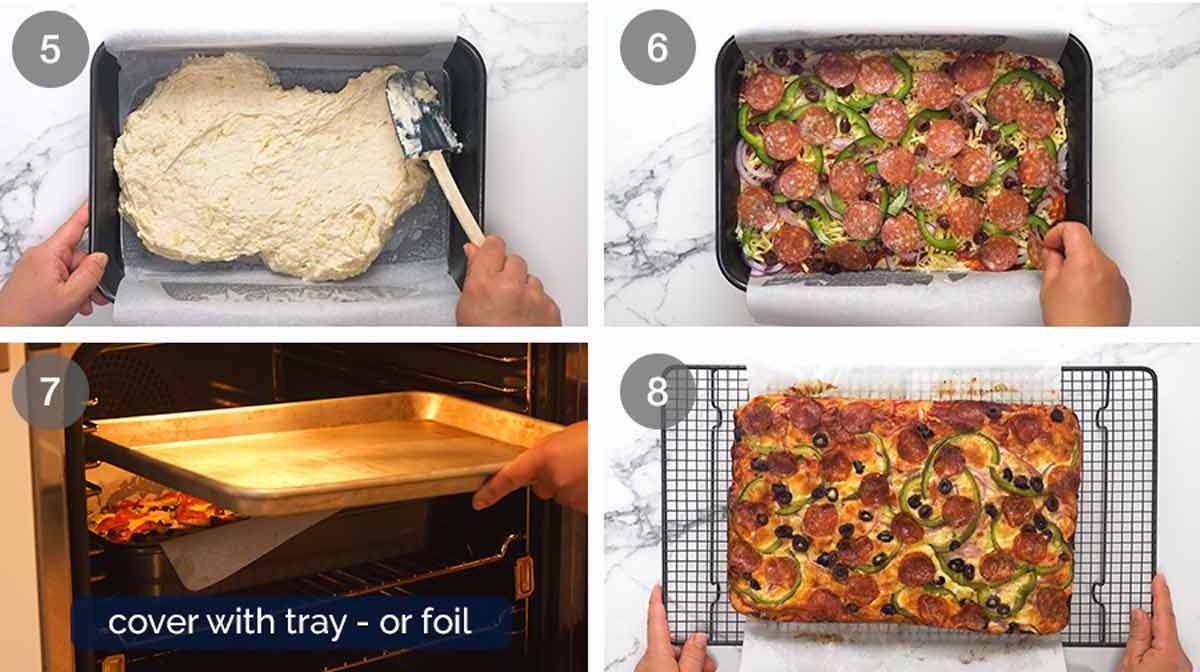







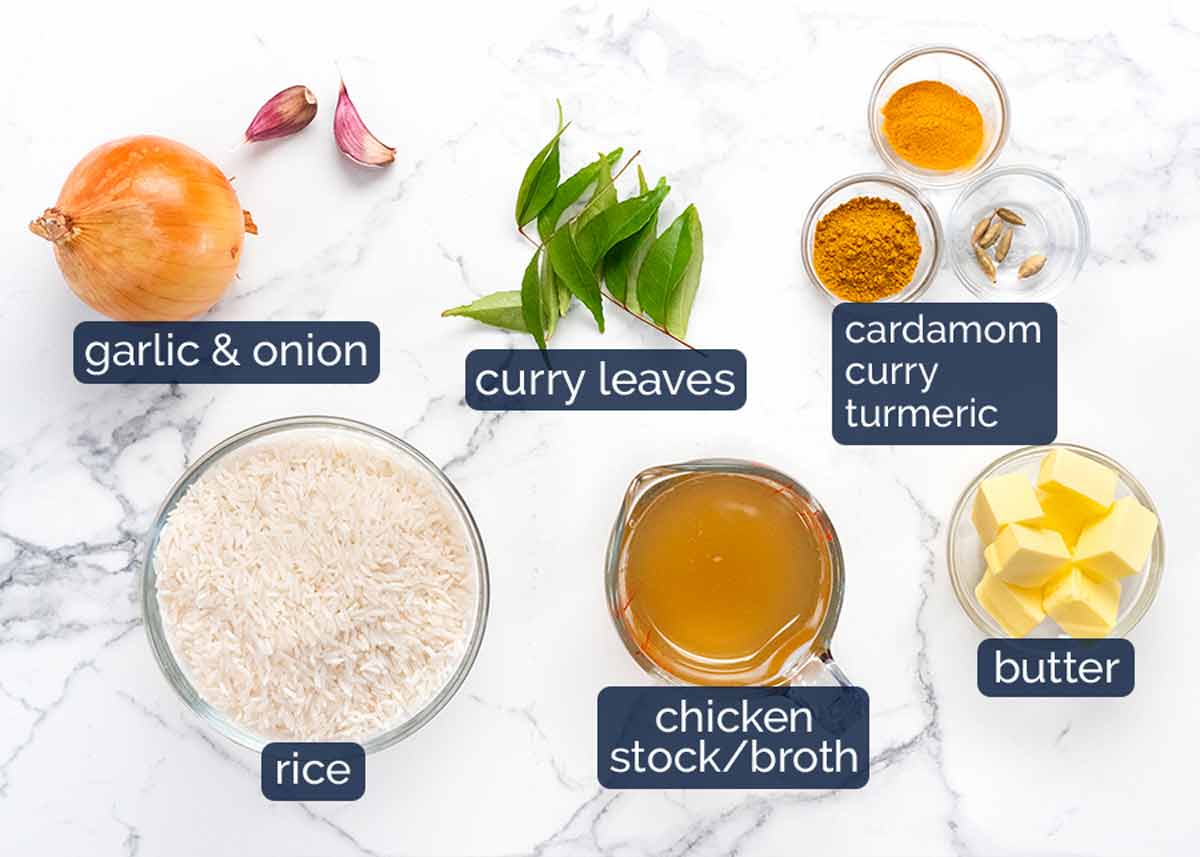
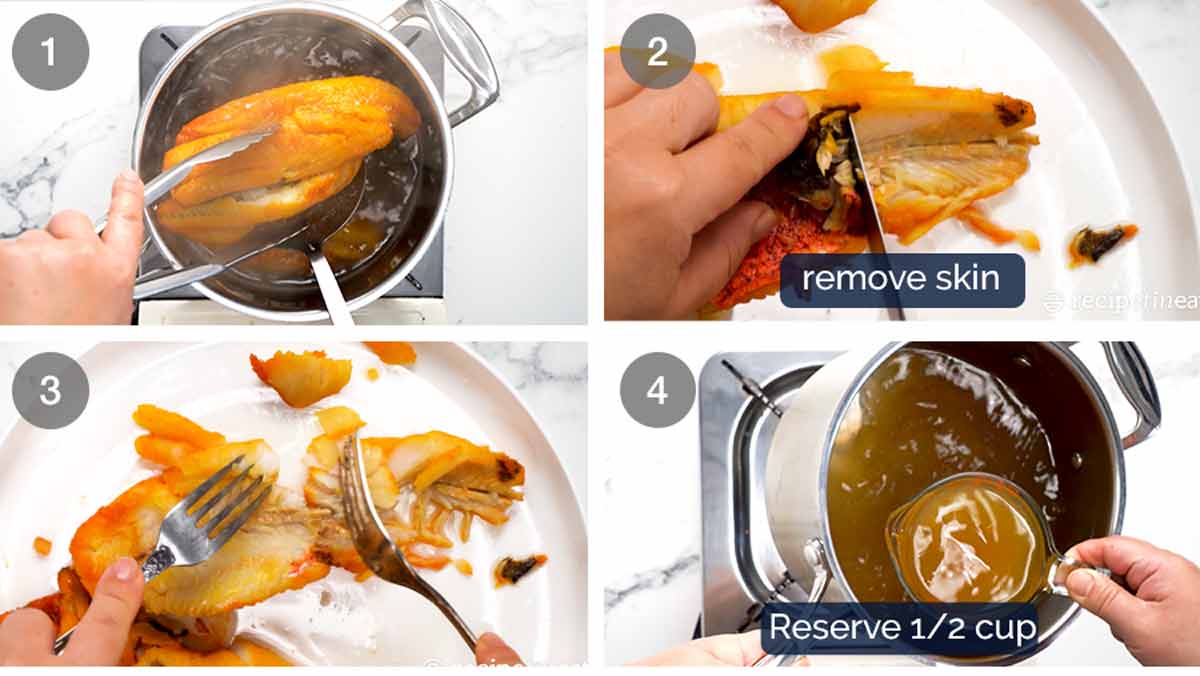
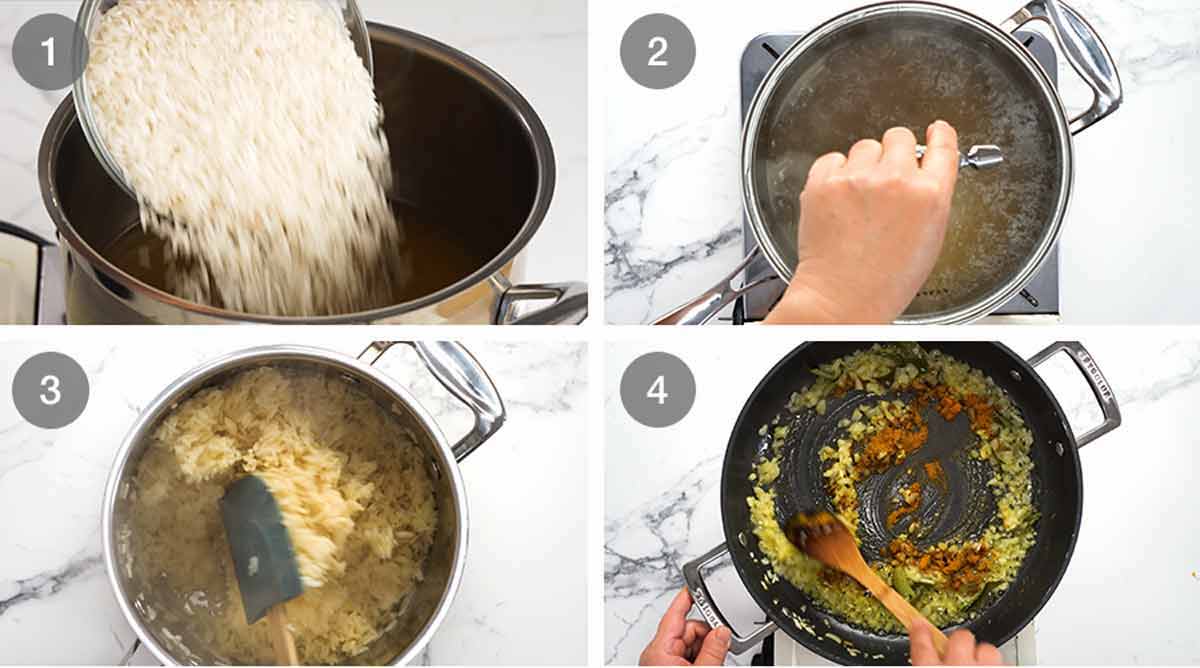










![Tourist jumps off a cliff [Instagram/@canarias1500kmdecosta] Tourist jumps off a cliff [Instagram/@canarias1500kmdecosta]](https://new.lagosnawa.com/wp-content/uploads/2024/05/image-2.png)











